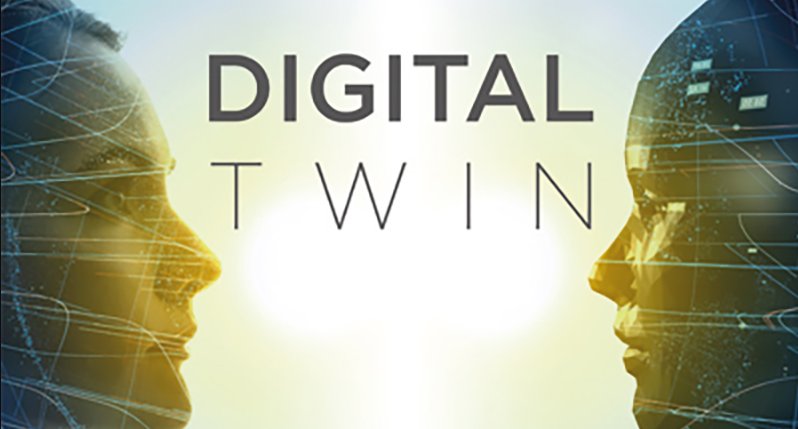Innovation Insight for Healthcare Provider Digital Twins
A digital twin is a digital representation of a real-world entity or system. The implementation of a digital twin is a model that mirrors a unique physical object, process, organization, person or other abstraction. For healthcare providers, digital twins provide an abstraction of the healthcare ecosystem’s component characteristics and behaviors. These are used in combination with other real-time health system (RTHS) capabilities to provide real-time monitoring, process simulation for efficiency improvements, population health and long-term, cross-functional statistical analyses.
Digital twins have the potential to transform and accelerate decision making, reduce clinical risk, improve operational efficiencies and lower cost of care, resulting in better competitive advantage for HDOs. However, digital twins will only be as valuable as the quality of the data utilized to create them. The digital twin of a real-world entity is a method to create relevance for descriptive data about its modeled entity. How that digital twin is built and used can lead to better-informed care pathways and organizational decisions, but it can also lead clinicians and executives down a path of frustration if they get the source data wrong. The underlying systems that gather and process data are key to the success for digital twin creation. Get those systems right and digital twins can accelerate care delivery and operational efficiencies.


